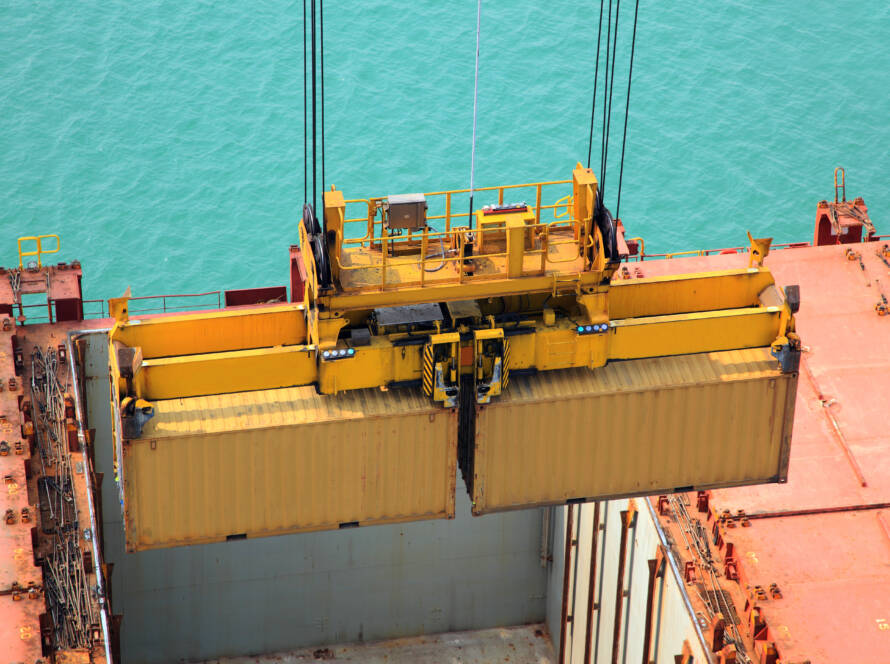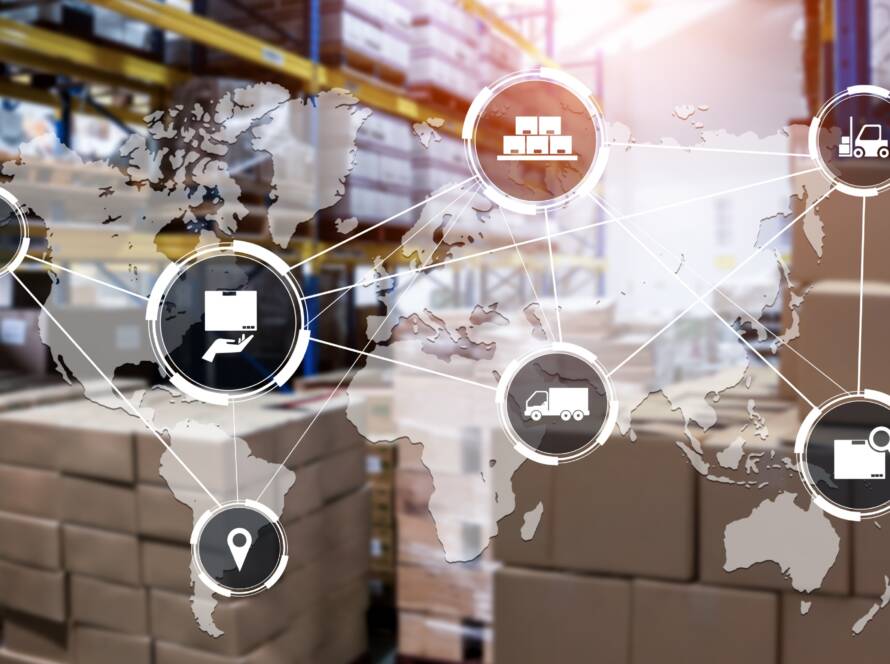In the face of rising logistics costs, port congestion, and increasing demand for just-in-time delivery, transloading services in the U.S. are no longer a niche solution—they’re a necessity. For U.S. importers and manufacturers looking to stay competitive in 2025 and beyond, transloading services in the USA offer a powerful way to reduce costs, gain flexibility, and improve delivery speed.
What Is Transloading?
Transloading is the process of transferring cargo from one mode of transportation to another—typically from ocean containers to domestic trucks or railcars—near the port of entry. Instead of moving full containers inland, goods are unloaded at a nearby facility, palletized, and shipped in optimized formats to their final destinations. This approach allows companies to minimize transportation inefficiencies and adapt to fluctuating demand and delivery expectations.
Transloading services in the USA are strategically located near major U.S. ports such as Houston, Los Angeles, and New York/New Jersey. These hubs act as key transfer points, helping to decongest port facilities and allowing faster release and movement of goods into the domestic supply chain.
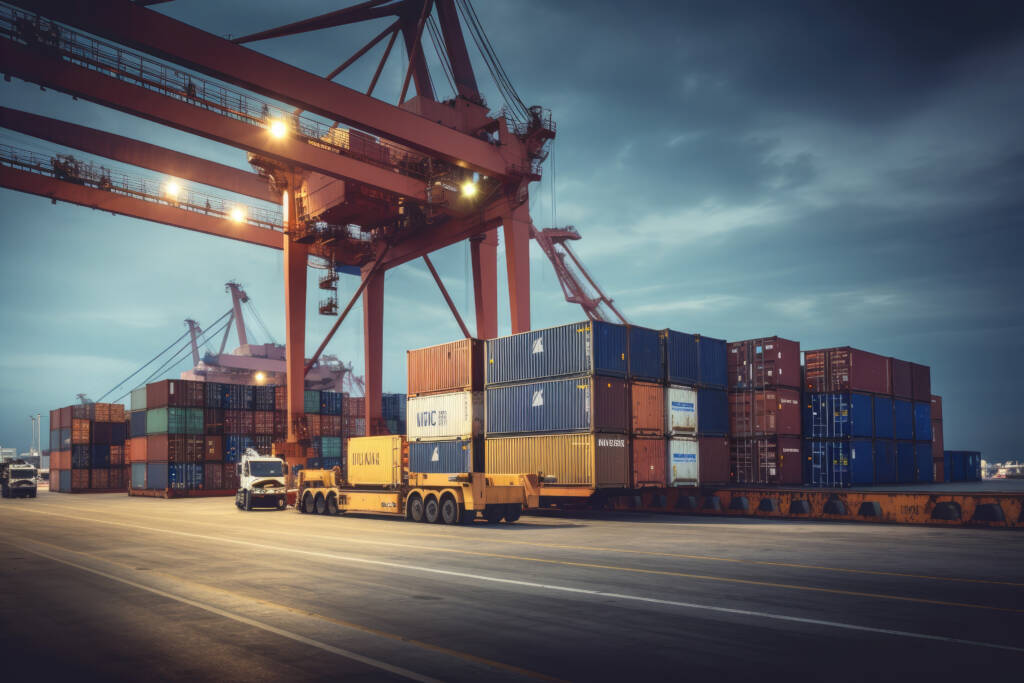
Transloading Services in the U.S.
Across the United States, several regions have emerged as major transloading services in the USA:
- Houston, TX – Ideal for energy, chemical, and industrial imports; strong port-to-rail/truck connectivity.
- Los Angeles/Long Beach, CA – High-volume imports from Asia, supporting e-commerce and retail transloading.
- Savannah, GA – Rapidly growing as a Southeast logistics hub.
- Chicago, IL – Key inland transloading node, connecting with rail and LTL networks.
- New York/New Jersey – East Coast gateway for consumer goods and industrial inputs.
- Seattle/Tacoma, WA – Serves the Pacific Northwest and Canadian cross-border flows.
These transloading services in the USA support a wide range of industries, including chemicals, electronics, automotive parts, retail products, and raw materials.
Why It’s Gaining Popularity
1. Cost Efficiency:
- Avoids costly inland drayage of ocean containers
- Minimizes detention and demurrage fees
- Optimizes load planning with LTL (less-than-truckload) and FTL (full-truckload) options
Rising freight rates and surcharges have made traditional shipping models more expensive. Transloading services in the U.S. enable companies to consolidate and repackage freight more efficiently, often lowering total landed cost.
2. Faster Turnaround:
- Enables quicker release of containers at the port
- Reduces wait time for downstream distribution
Quickly unloading and redirecting freight helps companies meet tight delivery deadlines and avoid cascading delays, which are especially common during peak seasons.
3. Flexibility & Control:
- Allows splitting and sorting of shipments
- Supports multi-destination delivery from one inbound container
Companies can segment products for multiple customers or regions and avoid sending unnecessary volume to inland warehouses, reducing total handling.
4. Mitigating Port Congestion:
- Keeps freight moving despite delays or backlogs at major ports like LA, NY, and even Houston
Transloading services in the USA near the port can buffer the impact of congestion and trucking shortages, helping businesses avoid disruptions.
5. Better Inventory Management:
- Enables just-in-time delivery strategies
- Reduces need for excessive warehousing farther inland
With global demand cycles becoming shorter and more volatile, transloading services in the U.S. align well with agile inventory practices.
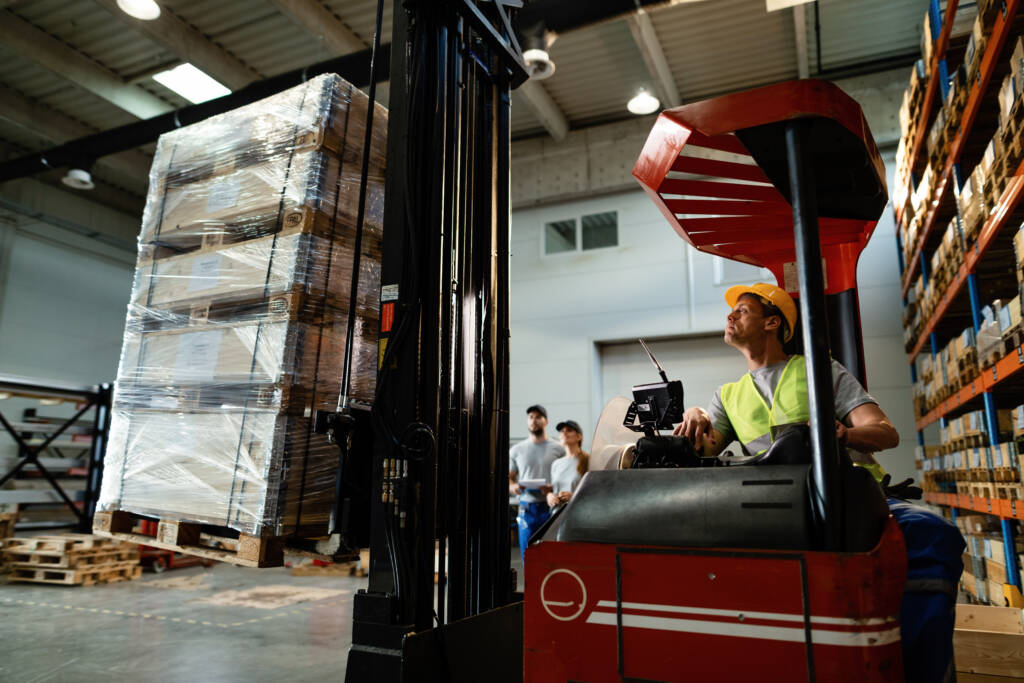
📊 Transloading Benefits at a Glance
| Benefit | Impact on Supply Chain |
| Cost Savings | Up to 30% reduction in inland transport costs |
| Container Turnaround | 2–3x faster vs inland depots |
| Demurrage Avoidance | $100–$500 saved per container |
| Delivery Flexibility | Custom LTL/FTL per region |
| Warehouse Space Savings | Up to 40% less required inland warehousing |
| Inventory Efficiency | Supports just-in-time and dynamic replenishment |
📦 Who Benefits Most from Transloading?
- Chemical Importers: Managing hazmat compliance and JIT deliveries
- Retailers & Distributors: Serving multiple stores from one inbound shipment
- Industrial Manufacturers: Receiving components or raw materials for regional facilities
- E-commerce Operators: Meeting fast delivery SLAs while reducing fulfillment costs
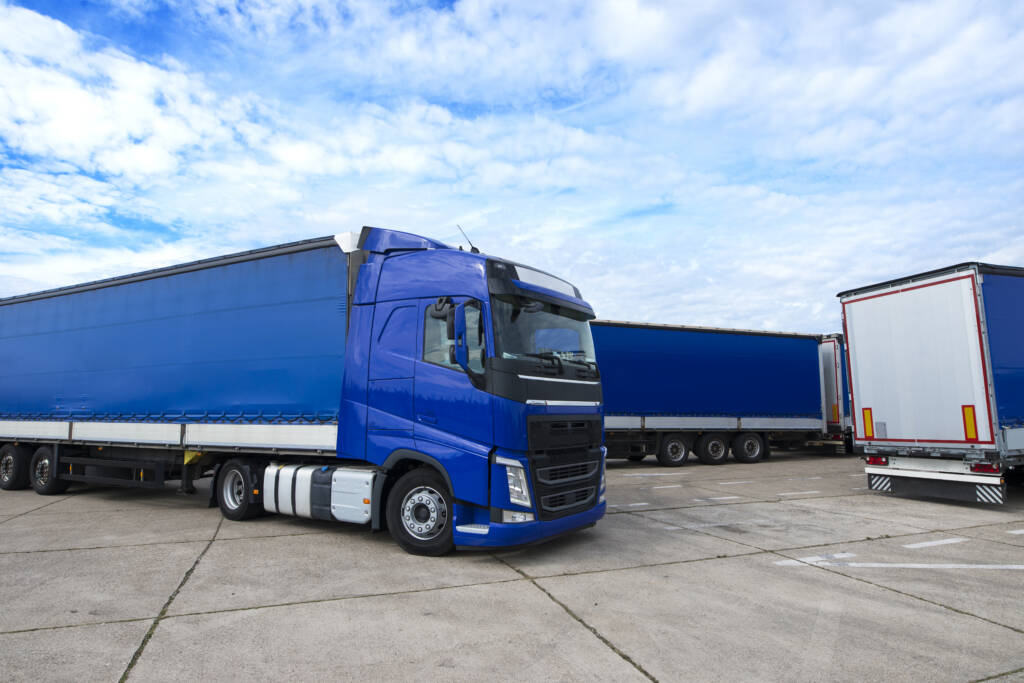
Why GlobalPort3PL?
Located just minutes from the Port of Houston, GlobalPort3PL offers:
- Transloading services for containerized cargo
- 24/7 drayage operations with reliable port-to-warehouse connections
- Hazmat & FDA-compliant storage options for sensitive cargo
- Flexible warehousing solutions with short- and long-term contracts
- Real-time visibility and reporting with customized dashboards
Our facility is optimized to reduce your drayage miles, accelerate turnaround, and lower your overall supply chain cost. Whether you’re shipping bulk raw materials or time-sensitive finished goods, we deliver precision and speed.
Final Thoughts
Whether you import chemicals, raw materials, machinery, or retail goods, transloading services in the U.S. are a strategic tool that enhances agility and control in a volatile logistics environment. With GlobalPort3PL, you gain a partner that understands the importance of time, cost, and space.
In today’s environment, where delivery delays can cost thousands and customer expectations continue to rise, transloading services in the USA aren’t optional—they’re a competitive advantage
Ready to rethink your supply chain?
Connect with us today at www.globalport3pl.com or email jaipaul@globalport3pl.com
FAQ
A: Transloading is the process of transferring cargo from one mode of transport to another—typically from ocean containers to trucks or rail—near a port. In the U.S., transloading services help importers quickly move goods inland while reducing costs and avoiding delays.
A: With rising logistics costs, tighter delivery deadlines, and port congestion, transloading services in the USA offer faster container turnaround, reduced inland shipping costs, and more flexible inventory management.
A: Key industries include chemical importers, e-commerce brands, retailers, industrial manufacturers, and distributors—any business that needs fast, cost-efficient delivery from port to destination.
A: Major transloading hubs include Houston, Los Angeles, New York/New Jersey, Savannah, Chicago, and Seattle/Tacoma, supporting diverse regional and national supply chains.
A: By avoiding long-haul drayage of ocean containers and optimizing domestic shipments (LTL/FTL), transloading services can lower transportation costs by up to 30% and reduce demurrage charges.



